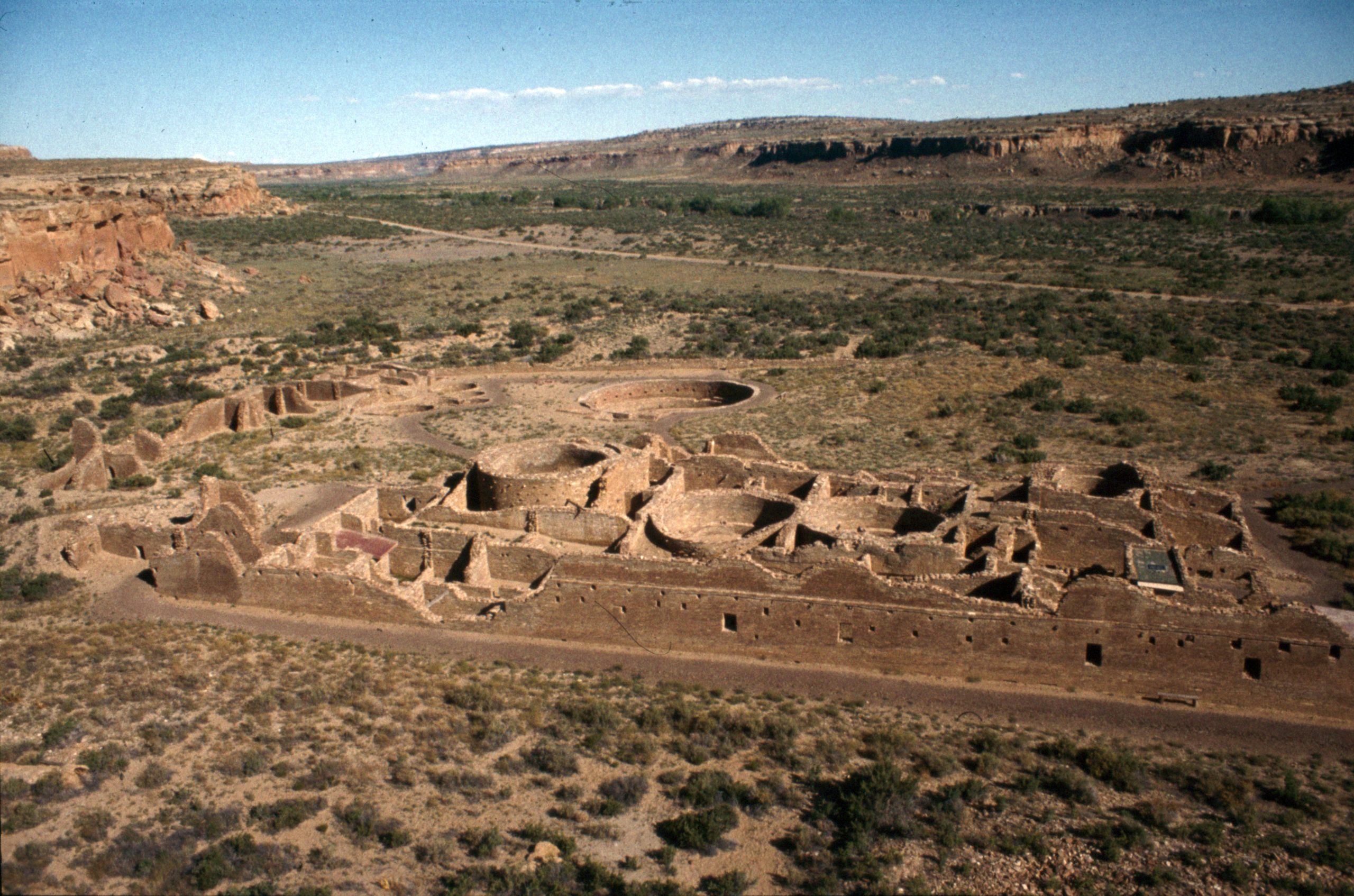Chetro Ketl: An Architectural Marvel of the Ancestral Puebloans
Chetro Ketl stands as a testament to the architectural ingenuity and societal complexity of the Ancestral Puebloans. Located in Chaco Culture National Historical Park, New Mexico, this great house and archeological site has captivated historians and archaeologists alike. Its construction, which began around 990 AD and was largely complete by 1075 AD, required an estimated 500,000 man-hours, 26,000 trees, and 50 million sandstone blocks. This monumental effort resulted in a D-shaped structure that covered nearly 3 acres, making it the largest great house by area in Chaco Canyon.
Get your dose of History via Email
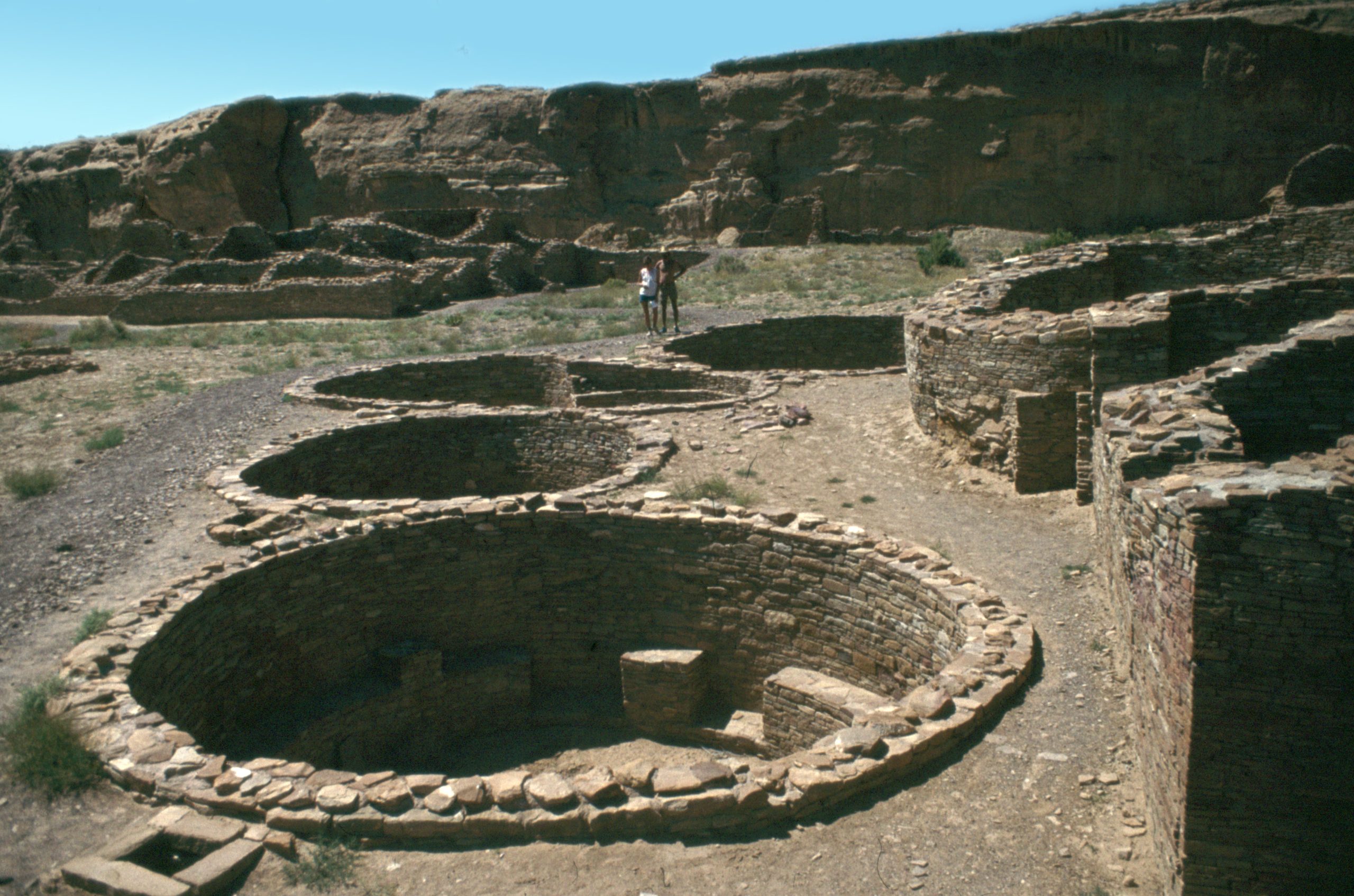
Historical Context
The Ancestral Puebloans’ occupation of the San Juan Basin dates back to the Paleo-Indian period, with evidence of Clovis and Folsom cultures. By 200 BCE, the Basketmaker culture had begun to develop, leading to the establishment of pit-house communities and the introduction of agriculture. The region saw significant population growth and the construction of above-ground storage facilities, marking the beginning of the Pueblo I Period around 800 AD. By the early 10th century, Chaco Canyon had become a central hub, with Chetro Ketl playing a pivotal role in the Chacoan system.

Construction and Architecture
Chetro Ketl’s construction showcases the Ancestral Puebloans’ mastery of masonry and woodwork. The great house’s walls were built using tabular and massively bedded sandstone, with clay-sand and water forming the mud mortar. Timber, primarily ponderosa pine, was used for roofing and structural support. The architectural layout includes approximately 400 rooms, a great kiva with a diameter of 62.5 feet, and unique features such as a colonnade and tower kiva, suggesting Mesoamerican influences.
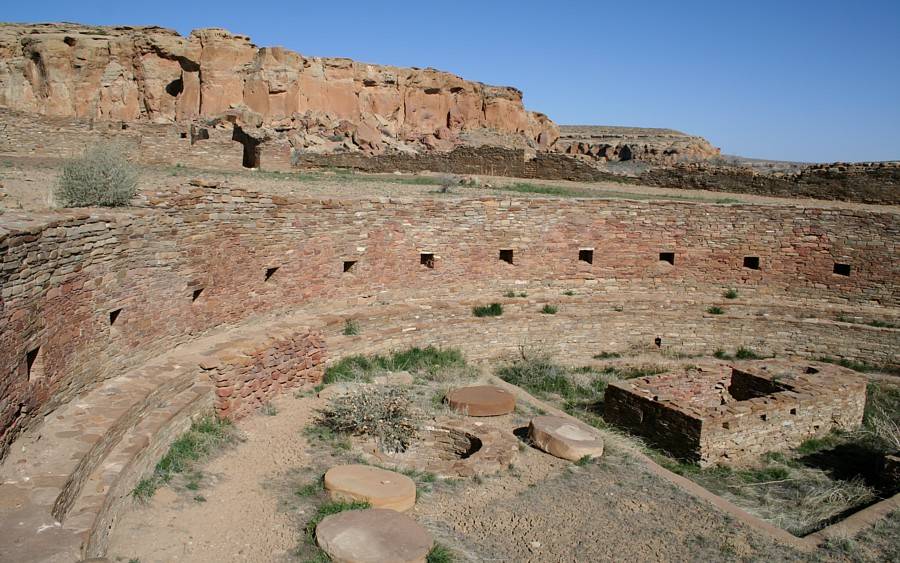
Purpose and Significance
The purpose of Chetro Ketl remains a subject of debate among archaeologists. Some believe it served as a ceremonial center, while others suggest it was a palace for Chacoan royalty. The scale of its construction, aimed at impressing onlookers, indicates its importance within the Chacoan system. The great house’s proximity to Pueblo Bonito and its alignment with astronomical events further emphasize its significance in the Ancestral Puebloan society.
Abandonment and Rediscovery
Chetro Ketl was abandoned by 1250 AD, following a severe drought that led to the emigration of the Chacoans from the canyon. The great house was rediscovered in 1823 by José Antonio Vizcarra and later documented by Lieutenant James Simpson in 1849. Excavations conducted by Edgar L. Hewett in the early 20th century provided valuable insights into its construction and use.
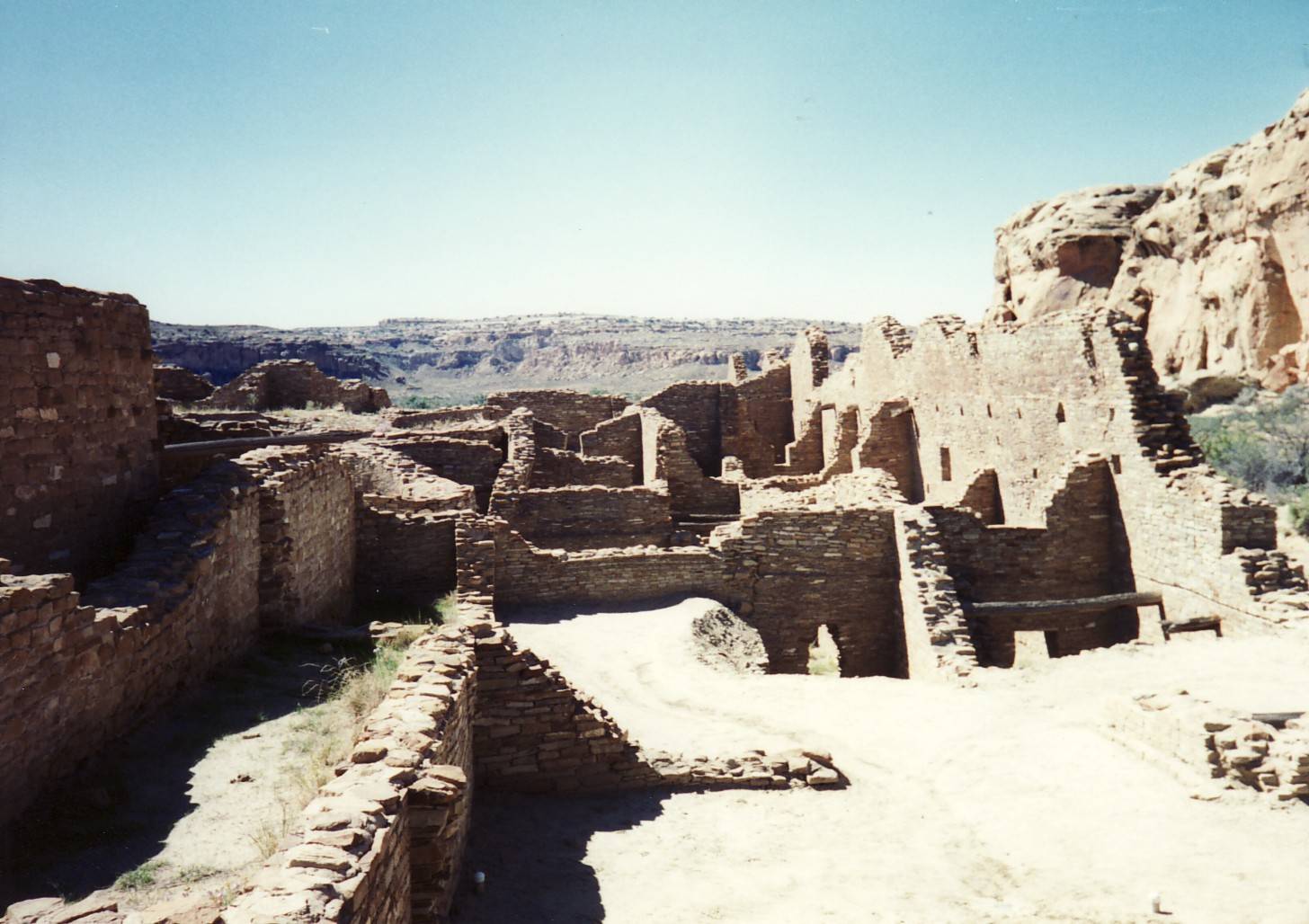
Deterioration and Preservation Efforts
Since its rediscovery, Chetro Ketl has faced significant deterioration due to natural and human factors. Efforts to stabilize and preserve the structure have included reburial programs and the use of geosynthetic materials to protect its original timbers. Despite these efforts, the great house continues to deteriorate, highlighting the urgency of preserving this invaluable source of information about Chacoan culture.
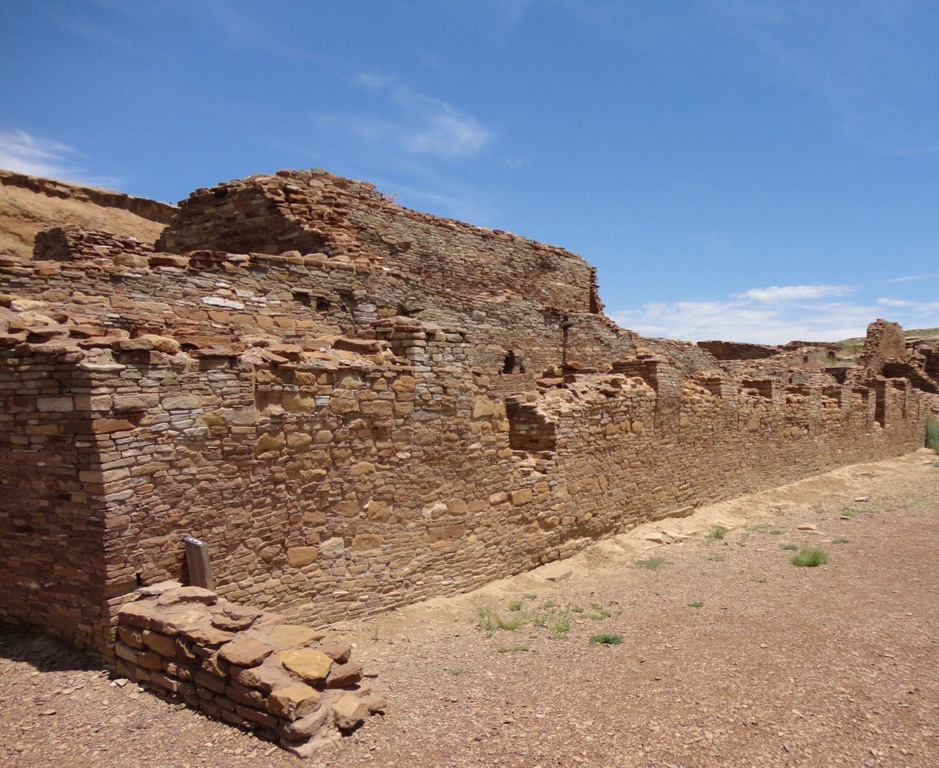
Chetro Ketl’s architectural complexity and historical significance make it a key subject of study for understanding the Ancestral Puebloan society. Its construction reflects a highly organized community capable of undertaking large-scale projects, while its purpose and alignment with celestial events reveal a deep spiritual and ceremonial importance. As efforts to preserve Chetro Ketl continue, it remains a vital link to the past, offering insights into the lives and beliefs of the Ancestral Puebloans.
Sources:
Wikipedia

